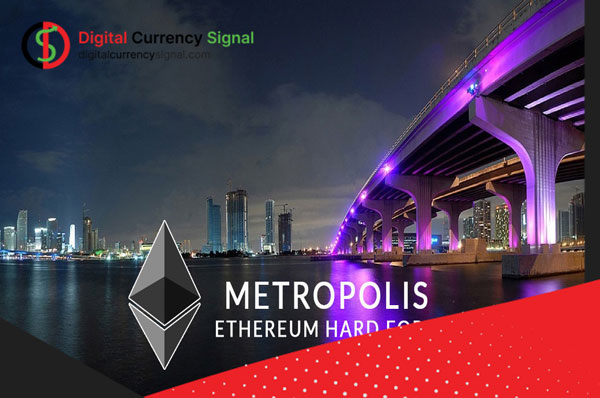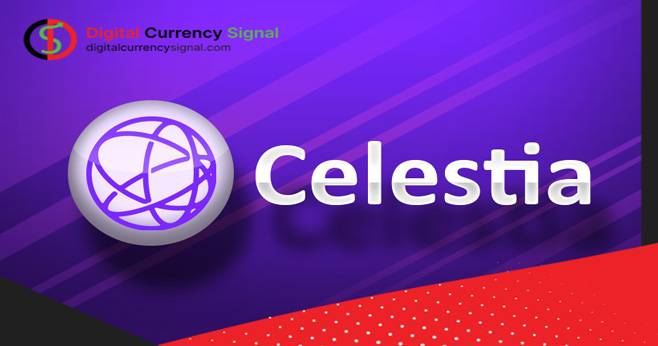(Cardano) is a proof-of-principle (POS) based blockchain network. Despite the fact that this network tries to solve the problem of scalability; But this network has not yet been able to achieve its goals. Cardano is a third-generation blockchain and is considered a competitor to the Ethereum 2 network. Cardano got closer to its goal when it released the Vasil update in 2022, and after this update. Transaction processing time on the Cardano network has decreased. Cardano and ADA cryptocurrency projects have generated a lot of surprises in the crypto community since their inception in 2015.
The Cardano project was primarily developed by IOHK, a technology company founded by Charles Hoskinson. Stay tuned to the Digital Currency Signal website for more information on Cardano and its future.
What is Cardano?
Cardano is a blockchain-based platform that, like Ethereum, enables the creation and execution of smart contracts; Cardano calls itself the pioneer of the “third generation blockchain”, whose security is ensured by using a multi-layered architecture. According to the Cardano team, The speed and transaction fees of this network are far superior to older blockchains such as Ethereum.
According to the development team, Cardano is the first blockchain-based project designed with scientific philosophy and research for researchers. Work on this project began in 2015 and the Cardano digital currency (Ada) was launched in December 2017. As mentioned, similar to Ethereum, it is possible to build decentralized applications on this blockchain using Cardano and the ability to create smart contracts; Programs that no one can stop.
The Cardano team considers users and regulatory requirements. They try to strike a balance between the law and user privacy. Since most of the developers and early investors of this project are Japanese and it has many similarities with Ethereum, Cardano is also called “Japanese Ethereum”.
How does Cardano work?
Unlike many other cryptocurrencies, such as Bitcoin, which use Proof-of-Work mining to secure networks and verify transactions, Cardano uses proof-of-stake algorithms.
What is proof of work?
Proof of work in the network of digital currencies with a separate blockchain, such as Bitcoin, Ethereum, Litecoin, etc., is a security algorithm designed to prevent attacks on the network. According to this algorithm, volunteers called “miners” help maintain the security of the network and are rewarded for providing the processing power of their hardware to the network.
The concept of proof of work was used even before Bitcoin, but Satoshi Nakamoto, the anonymous creator of Bitcoin, has innovatively used the technique in his revolutionary digital currency. To control or attack an offline network, one person would need to have more than 51% of the total processing power of the network, which is not economically justified in large networks like Bitcoin.
What is proof of stock?
Proof of Stake is another way of verifying transactions and creating new blocks on the blockchain. The algorithm requires you to buy a certain amount of digital currency of your choice (for example Cardano) and share it with the network in your wallet to participate in confirming transactions and creating blocks. Thus, they can participate in the verification of transactions and receive new units of digital currency (Cardano). Correspondents charge for network transactions themselves.
This method no longer requires the purchase of expensive hardware to participate in the network. Also, Proof of Stake greatly improves scalability (speed and transaction fees).
Using a proof of stake, if someone wants to attack the network and control it, they have to buy more than 51% of all the digital currencies they want (like Cardano) and give them to the network. Buying 51% of the total units of digital currency is very difficult and almost impossible based on the principle of supply and demand in the market. Assuming this is not possible, by attacking the network and losing its security, the value of the digital currency will plummet and the attacker will suffer a huge loss. In fact, in proof of stake, a contributor guarantees that he is not a destructive agent for the network by allocating his assets.
What is the ADA?
Ada is the exclusive digital currency of the Cardano network. The name refers to the famous 19th-century mathematician Ada Lovelace. He is the world’s first computer programmer. Of course, this digital currency is commonly known as Cardano currency in the market. People all over the world can use this digital currency to carry out their financial transactions. In addition, to make any transaction in the form of distributed applications and smart contracts on the Cardano network, you must use this cryptocurrency for payment. ADA currency holders can participate in the block mining process by investing their assets in the Cardano network and have the right to vote on the blockchain. Cardano’s next goal is to refer to Ada as a governance token by which Ada holders can vote on changes, updates, and the future of the Cardano platform.
ADA coin price history
Next, we will look at the price history of the Cardano cryptocurrency. This was originally priced at $0.026 during the first month of delivery. It grew well and reached $ 1.14 at the beginning of 2018, but then entered a prolonged stagnation and fluctuated in the $0.1 to $0.3 range until the beginning of 2021. At the beginning of 2021 and the upward wave created in the cryptocurrency market, Cardano also saw a significant increase in prices, reaching a price of about $2.9 in the second half of 2021. This figure has become the historical price limit of Cardano from its release until today. This number is a far cry from the $150 Cardano that has been talked about a lot on social media. Then the Ada currency had a downward trend, and now, as of 04/04/2023, this cryptocurrency is worth approximately $0.3925.
The future of Cardano
Without a doubt, the current price of Cardano and the price of ADA in the future is one of the most interesting things that we discover in the browser of crypto traders! Due to the high volatility of the crypto market and the extremely unstable economic conditions on a large scale, it is of course impossible to accurately determine Cardano’s price targets.
However, to get a general perspective on the future of Cardano, we will examine one of the possible predictions for the future of Cardano.
End of 2023
If Cardano’s targets hold, we are likely to see $1 resistance support and an uptrend forming.
End of 2024
If cooperation increases and the planned updates are implemented, Ada could rise to the $2.5 region after a small pullback and correction.
End of 2025
In the case of a promising movement of digital currency, after the halving of Bitcoin in 2024, the upward trend of ADA is certainly not expected, and the level of $4 can be viewed optimistically.
End of 2030
Over the next ten years, the increasing use and adoption of digital currencies, including BTC, will be a strong driver of price growth for other altcoins such as ADA. In general, it is not expected to reach the level of 10 USD by this year.





